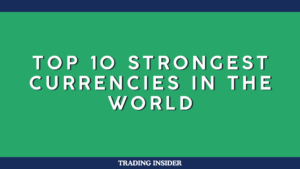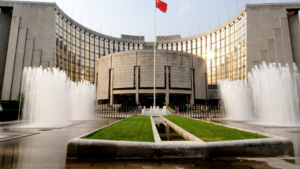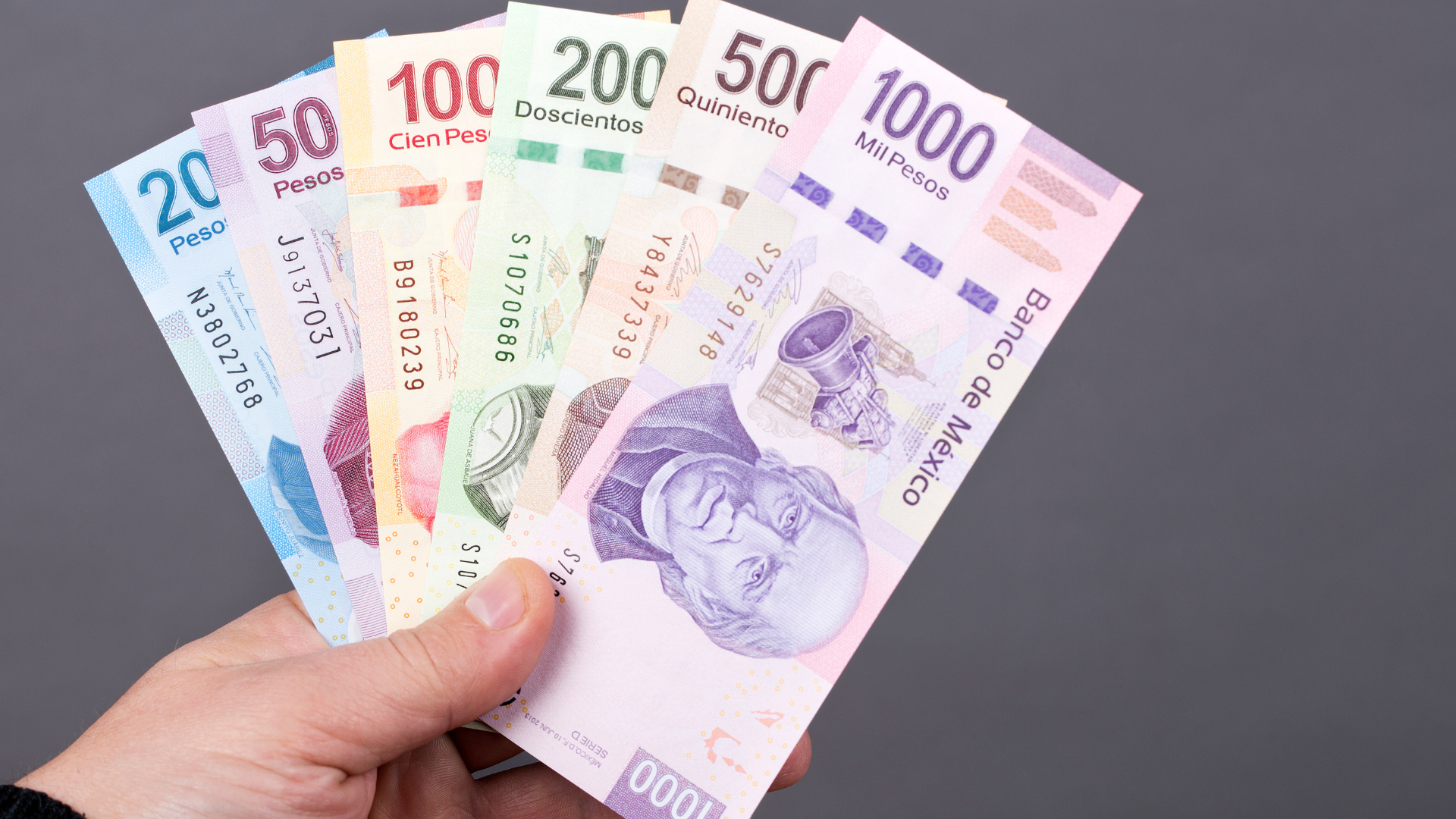The Mexican peso sharply declined as investors braced for the upcoming interest rate decision from the Bank of Mexico (Banxico). Market participants showed heightened caution, reflecting concerns about potential policy shifts that could impact economic stability and currency performance. The uncertainty triggered a broad sell-off, putting downward pressure on the peso.
Analysts attribute the currency’s weakness to speculation over Banxico’s next move, with expectations divided between a possible rate cut or maintaining the current stance. The peso’s sensitivity to monetary policy adjustments has been amplified by global economic headwinds and fluctuating investor sentiment, further intensifying volatility in foreign exchange markets.
Adding to the pressure, a stronger U.S. dollar has weighed heavily on the peso, driven by robust economic data and expectations of prolonged high interest rates by the Federal Reserve. This dynamic has widened the yield gap between Mexican and U.S. assets, prompting capital outflows and diminishing the peso’s appeal to foreign investors.
Economic indicators, including slowing growth and persistent inflationary pressures, have complicated Banxico’s policy outlook. While inflation has moderated slightly, it remains above target, leaving policymakers with limited flexibility. The peso’s recent drop reflects market anxiety over how Banxico will balance growth concerns with the need to control inflation.
Investors are also factoring in broader geopolitical and economic risks, which have increased demand for safe-haven currencies, further eroding emerging market assets like the peso. The currency’s decline underscores the fragile sentiment prevailing in the market ahead of key monetary decisions.
As Banxico’s announcement approaches, volatility in the peso is expected to persist. The central bank’s decision will be closely watched for signals on future policy direction, with potential implications for both the currency’s trajectory and Mexico’s broader economic outlook.























